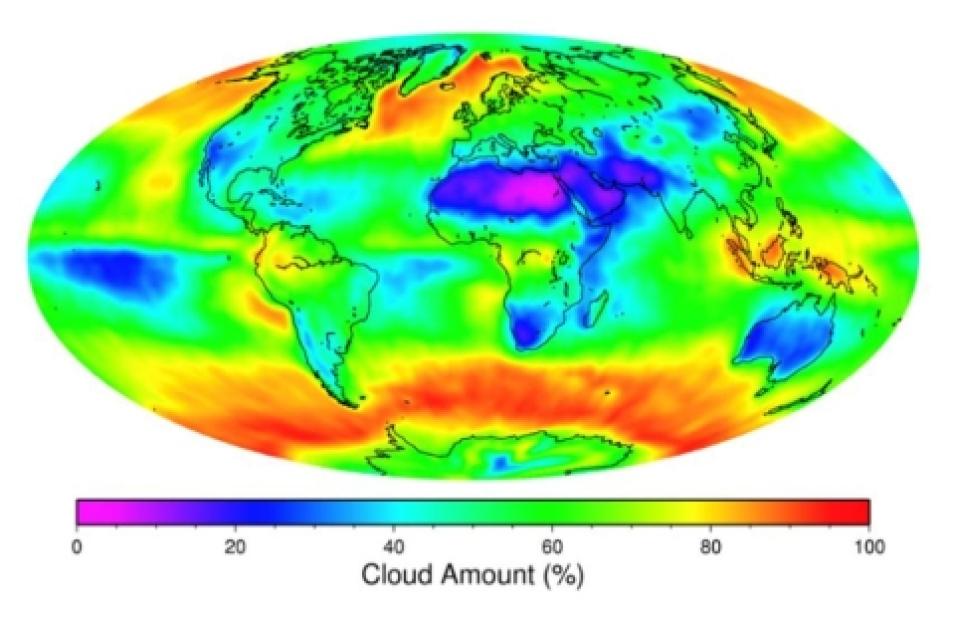Earth's climate is determined by a delicate balance between how much of the Sun's radiative energy is absorbed in the atmosphere and at the surface, and how much thermal infrared radiation is emitted to space. In 2005, NASA scientists concluded that Earth's energy balance is positive, meaning the planetary system is gaining energy, causing it to heat up, and last year (2021), a joint NASA-NOAA study found that Earth's energy balance doubled during the 14-year period from 2005 to 2019. These findings are significant, as this increasing warmth is driving other climatological and environmental changes.
To arrive at these conclusions, scientists relied on data from in-situ measurements and satellite instruments. Among the most critical were data from the six Clouds and the Earth's Radiant Energy System (CERES) instruments in orbit aboard NASA's Terra and Aqua satellites (Terra and Aqua both carry two CERES instruments), the joint NASA-NOAA Suomi National Polar-orbiting Partnership (Suomi NPP) satellite, and the Joint Polar Satellite System's (JPSS) NOAA-20 (formerly JPSS-1) satellite.
As these satellites orbit Earth, the CERES instruments they carry measure the energy radiated and reflected at the top of Earth's atmosphere. According to CERES Science Team Principal Investigator Dr. Norman Loeb, obtaining these basic measurements of the amount of energy coming in and going out of the planet is critical to understanding both Earth's climate and climate change.
"From these measurements, we are able to assess the heat budget of the planet, meaning how much energy is absorbed and how much is emitted," he said. "This is important because, over time, if more energy is absorbed than emitted, Earth will heat up, more ice and snow will melt over land, which will eventually find its way to the ocean and raise sea level, and heat the ocean, which will also cause sea level rise."
Loeb and his fellow CERES science team members also use CERES observations in combination with data from other satellite instruments—namely Terra and Aqua's Moderate Resolution Imaging Spectroradiometer (MODIS) instruments and Aqua's Atmospheric Infrared Sounder (AIRS) instrument—to calculate the radiated and reflected energy within the atmosphere and at the surface. These datasets are then used to enhance scientists' understanding of how energy flows within the climate system.

